Name Ernest McCulloch | ||
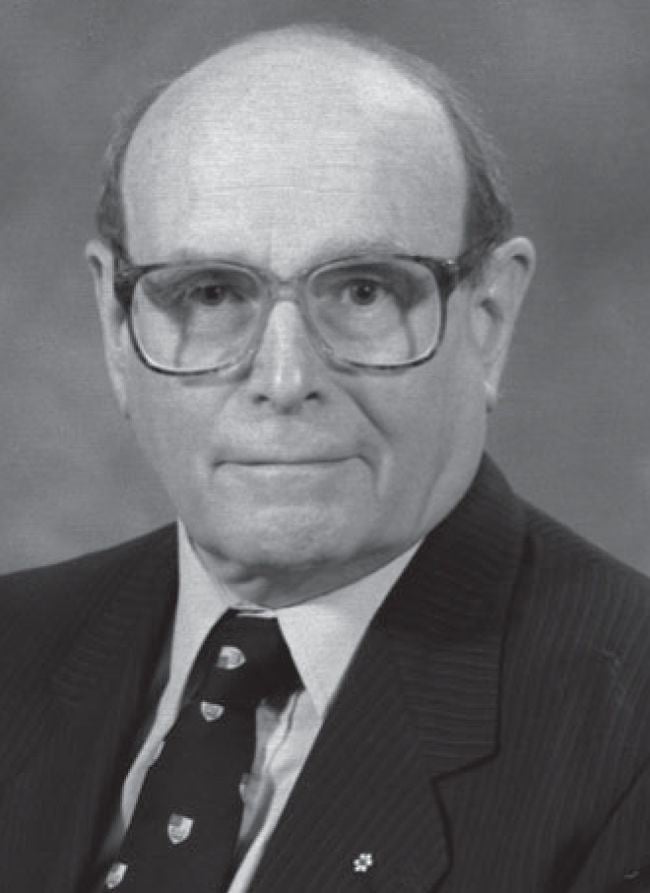 | ||
Books The Ontario Cancer Institute Awards Albert Lasker Award for Basic Medical Research, Gairdner Foundation International Award | ||
In honor of dr ernest mcculloch remembering emory bellard and a tribute to gary moore
Ernest Armstrong McCulloch, (27 April 1926 – 20 January 2011) was a University of Toronto cellular biologist, best known for demonstrating – with James Till – the existence of stem cells.
Contents
- In honor of dr ernest mcculloch remembering emory bellard and a tribute to gary moore
- Dr james till dr ernest mcculloch canadian medical hall of fame laureate 2004 mov
- Biography
- Selected publications
- References
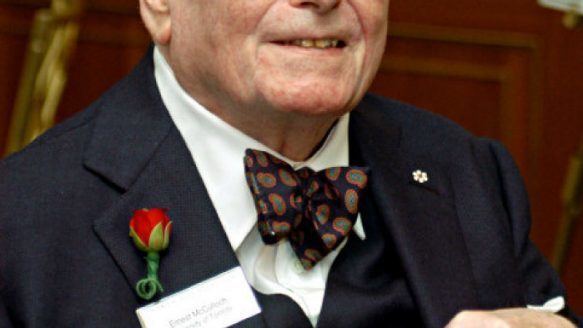
Dr james till dr ernest mcculloch canadian medical hall of fame laureate 2004 mov
Biography
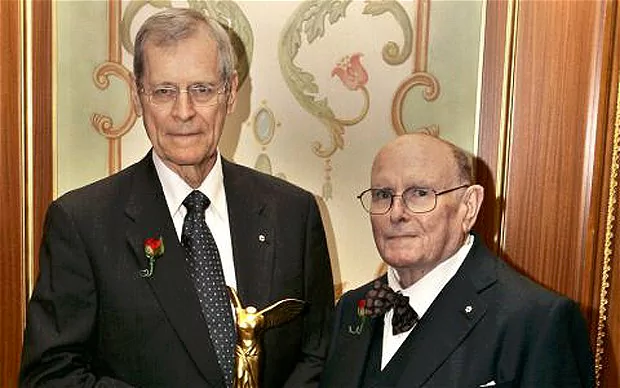
McCulloch was born in Toronto, Ontario, Canada on 21 April 1926, and was educated at Upper Canada College and the University of Toronto.
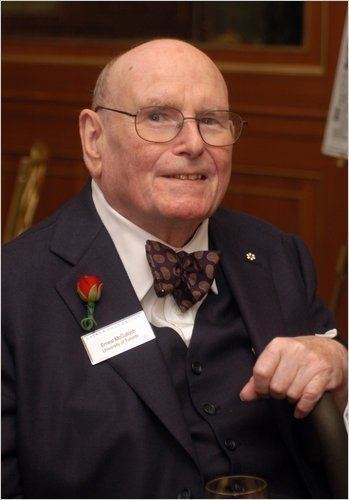
Ernest McCulloch received his MD in 1948 from the University of Toronto. Upon graduation, he began his education in research at the Lister Institute in London, England.
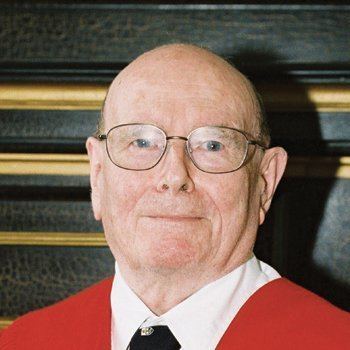
In 1957 he joined the newly formed Ontario Cancer Institute where the majority of his research focused on normal blood-formation and leukaemia. Together with his colleague, Dr. J.E. Till, McCulloch created the first quantitative, clonal method to identify stem cells and used this technique for pioneering studies on stem cells. His experience in hematology, when combined with Till's experience in biophysics, yielded a novel and productive combination of skills and interests.
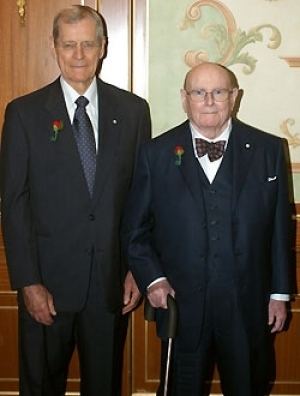
In the early 1960s, McCulloch and Till started a series of experiments that involved injecting bone marrow cells into irradiated mice. Visible nodules were observed in the spleens of the mice, in proportion to the number of bone marrow cells injected. Till and McCulloch called the nodules 'spleen colonies', and speculated that each nodule arose from a single marrow cell: perhaps a stem cell.
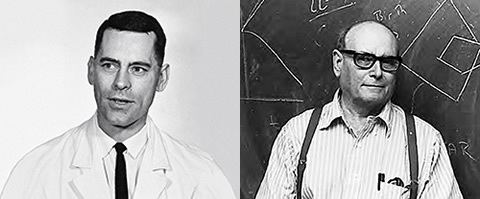
In later work, Till and McCulloch were joined by graduate student Andy Becker, and demonstrated that each nodule did indeed arise from a single cell. They published their results in Nature in 1963. In the same year, in collaboration with Lou Siminovitch, a trailblazing Canadian molecular biologist, they obtained evidence that these cells were capable of self-renewal, a crucial aspect of the functional definition of stem cells that they had formulated.
A major focus of McCulloch's more recent research has been on cellular and molecular mechanisms affecting the growth of malignant blast stem cells obtained from the blood of patients with Acute Myeloblastic Leukemia.
In 1974, McCulloch became a Fellow of the Royal Society of Canada. In 1988, he became an Officer of the Order of Canada and was made a member of the Order of Ontario in 2006. In 1999, he was elected a Fellow of the Royal Society. In 2004 McCulloch was inducted into the Canadian Medical Hall of Fame. He holds the distinguished title of University Professor Emeritus at the University of Toronto.
In 2005, he and James Till were awarded the Albert Lasker Award for Basic Medical Research.
The death of McCulloch is greatly mourned by stem cell scientists throughout Canada and the world, many of whom have been anticipating a Nobel Prize for Till and McCulloch.
McCulloch's work revolutionised cell biology and cancer therapy with the discovery of stem cells in the hematopoietic system.
Their seminal research has been touted as the incipient event that led to revolutionary therapy and survival of leukaemia patients worldwide.
